ctDNA testing may be a reliable and accurate way to monitor treatment in patients with urethral and penile cancers.
Testicular, Penile, and Rare Malignancies
Advertisement
Latest News
Researchers investigated the efficacy of platinum plus 5-FU in the treatment of patients with high-risk penile cancer.
Guidance addresses prepubic fat coverage and dose fractionation for both neoadjuvant and adjuvant settings.
The EPIC-A trial has demonstrated the efficacy and safety of cemiplimab combined with platinum-based chemotherapy for la/mPC.
Specificity findings varied, but some studies suggested similar or slightly higher rates in favor of MRI.
There is a lack of data on 1L regimens for distant metastatic PSCC, with a 2-year OS rate of just 21%.
Drs. Necchi and Tawagi highlight some the challenges in penile cancer, including "suboptimal" neoadjuvant, adjuvant options.
Knowledge Hub Spotlights
Curated clinical content based on conditions, therapies, and technologies
Conference Coverage
Dr. Kimura shares insights on PSMA PET/CT metrics and their potential role in guiding treatment decisions for mCRPC.
Professor Bex discusses the phase II NEOAVAX trial that evaluated avelumab/axitinib as neoadjuvant therapy in localized RCC.
Samer Srour, MB, talks about the updated ALLO-316 and its use in targeting CD70 in patients with advanced ccRCC.
Dr. Flavell discusses how landmark studies have shaped current trial designs, and growing interest in combination therapies.
Dr. Flavell highlights the expansion of lutetium PSMA therapies into earlier disease settings: HSPC and oligometastatic PC.
Preliminary trial data suggests that 18F-DCFPyL PSMA PET/CT combined with mpMRI may improve csPCA detection over MRI alone.
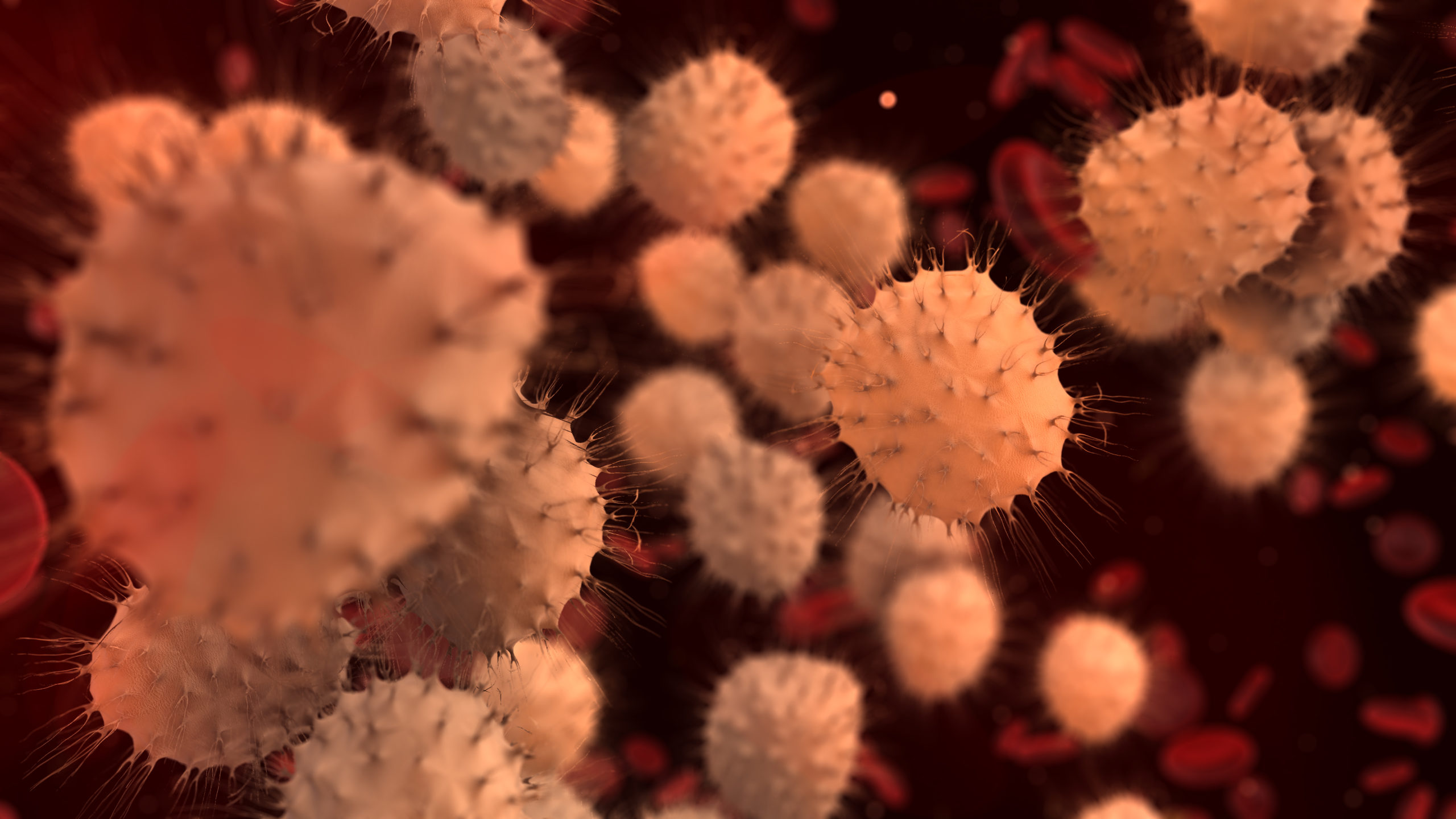
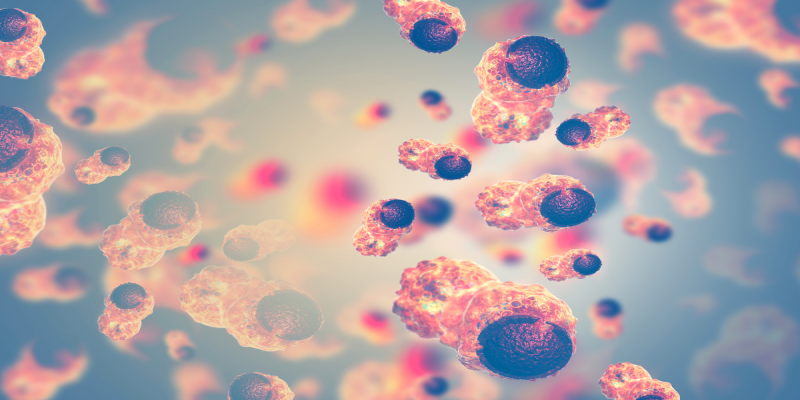


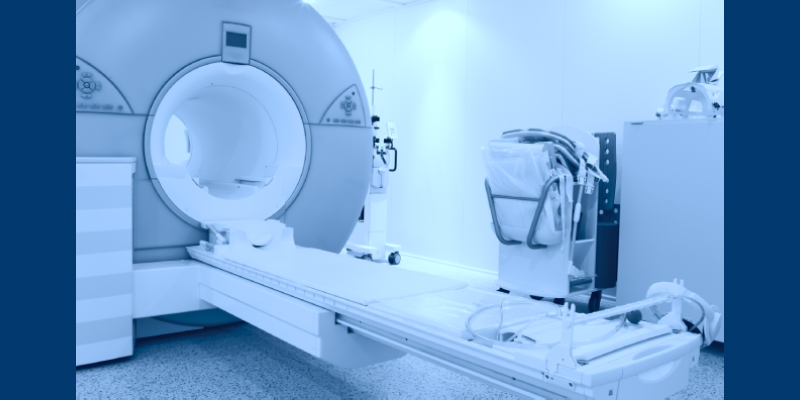
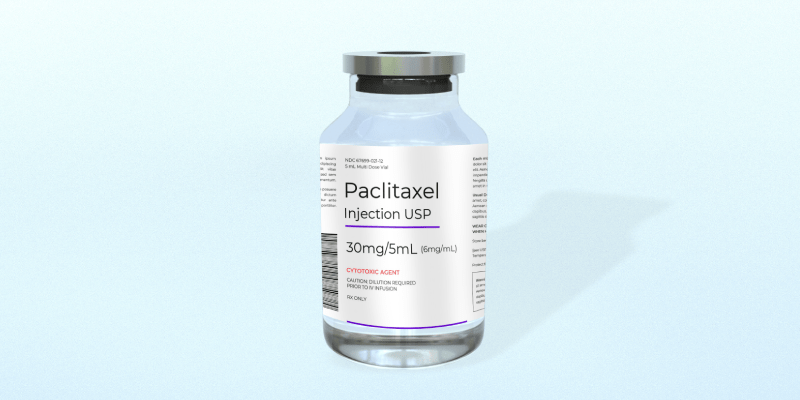






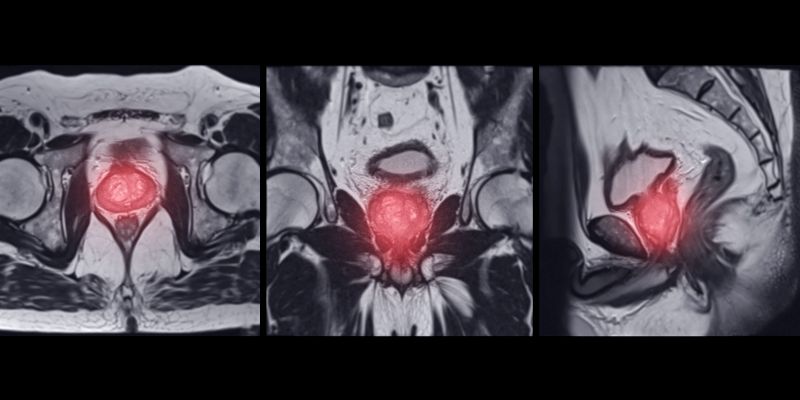



 © 2025 Mashup Media, LLC, a Formedics Property. All Rights Reserved.
© 2025 Mashup Media, LLC, a Formedics Property. All Rights Reserved.